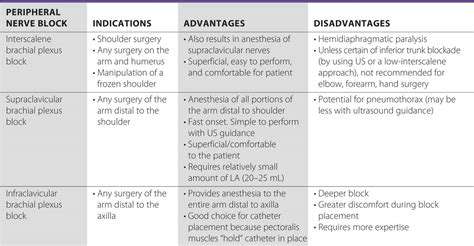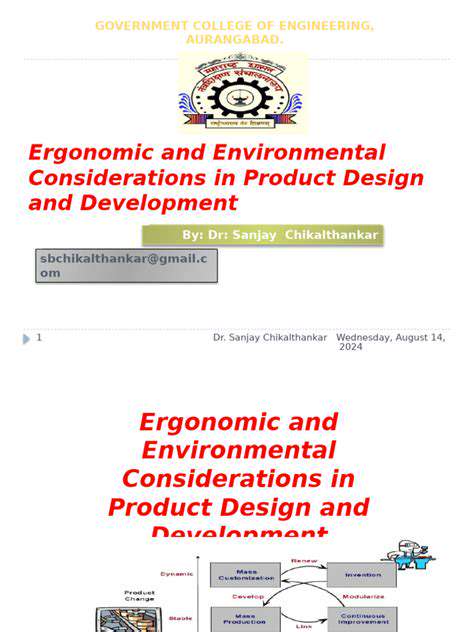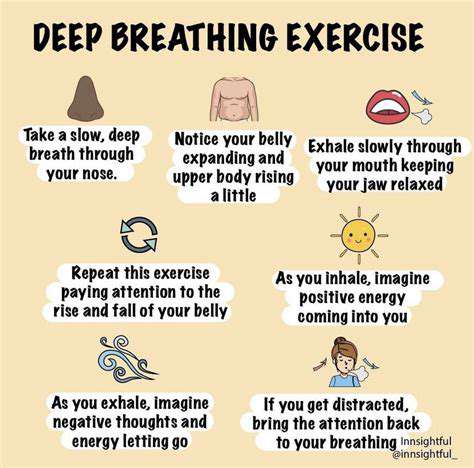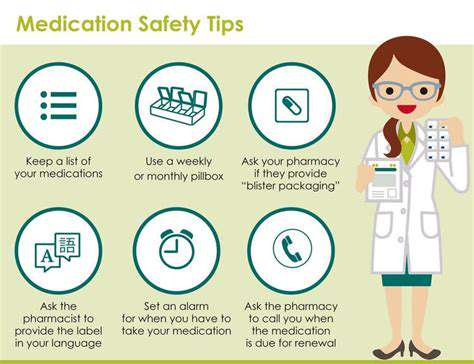Advocating for Yourself with Healthcare Providers
Understanding Your Treatment Plan and Options
Understanding Your Role in Treatment Decisions
Taking an active role in your healthcare is crucial for a positive outcome. This means understanding your diagnosis, treatment options, and potential side effects. You are not simply a recipient of care; you are a partner in the process. By asking questions, expressing your concerns, and researching different approaches, you empower yourself to make informed decisions that align with your values and goals. This proactive approach fosters trust and collaboration between you and your healthcare team.
Knowing your rights and responsibilities, as well as the rights and responsibilities of your healthcare providers, can significantly impact your experience. This includes understanding your right to access your medical records, ask questions, and receive clear explanations. Also, knowing your responsibilities, like attending appointments and following prescribed instructions, contributes to a successful treatment plan.
Exploring Treatment Options
Your healthcare provider should present a range of treatment options tailored to your specific condition and needs. It's vital to understand the potential benefits, risks, and side effects of each option. Don't hesitate to ask for detailed information about each treatment, including success rates, potential complications, and long-term implications. This comprehensive understanding enables you to make a decision that best suits your health goals and lifestyle.
Understanding Potential Side Effects
Every treatment, even those considered safe and effective, can potentially lead to side effects. Understanding these potential side effects is essential for managing expectations and proactively addressing them if they arise. It's important to discuss possible side effects with your healthcare provider, as well as strategies for managing them should they occur.
Be prepared to ask about the likelihood and severity of various side effects. Knowing what to expect can help you prepare mentally and practically for the treatment process. This knowledge allows you to advocate for yourself and your well-being effectively.
Discussing Your Preferences and Values
Your treatment plan should reflect your individual preferences, values, and lifestyle. Openly communicating your personal priorities with your healthcare team is critical. This includes discussing your desired level of involvement in the decision-making process, your comfort levels with different procedures, and any personal values that might influence your choices. For example, you might have strong beliefs about alternative therapies or specific approaches to pain management.
Seeking Second Opinions
Seeking a second opinion is a valuable tool for gaining a broader perspective on your condition and treatment options. This can involve consulting with another healthcare professional with expertise in your area of concern. A second opinion allows you to compare different viewpoints, consider various treatment options, and ultimately make a more informed decision that aligns with your specific needs.
A second opinion can provide an independent assessment of your situation and can add valuable insight into the best course of action. It is a way to ensure that you are receiving the most appropriate and effective care possible.
Managing Expectations and Addressing Concerns
It's crucial to manage expectations realistically throughout the treatment process. Understanding that treatment timelines and outcomes can vary is important. Be prepared for potential setbacks and challenges, and develop strategies for coping with them. Open communication with your healthcare team is key to addressing any concerns or anxieties that may arise during treatment.
This includes actively seeking support from family, friends, and support groups. Maintaining a positive outlook and focusing on your overall well-being are important factors in navigating the treatment process successfully.
Following Up and Documenting Your Care
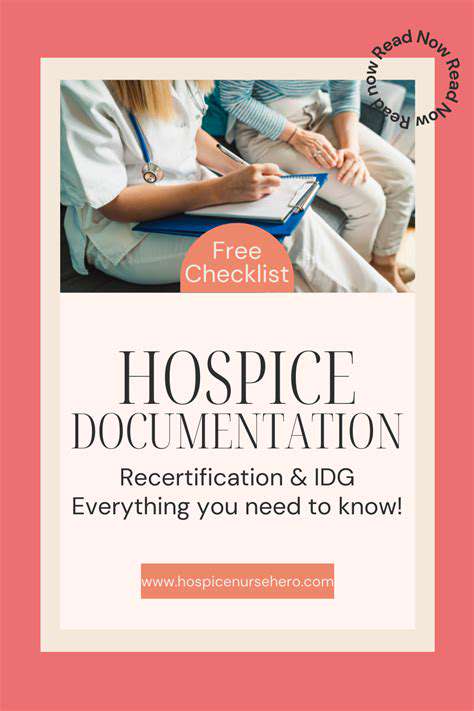
Effective Follow-Up Strategies
Following up after a meeting or interaction is crucial for maintaining momentum and ensuring that everyone is on the same page. A well-structured follow-up demonstrates professionalism and commitment to the task at hand. It ensures that agreed-upon actions are properly documented and tracked, preventing misunderstandings and missed deadlines. This involves promptly sending a concise summary of key decisions or action items to all relevant parties.
Different follow-up methods may be appropriate depending on the situation. For instance, a simple email summarizing key points of a meeting can be sufficient for less complex projects. However, for more intricate projects, a detailed report, including assigned responsibilities and deadlines, might be necessary to ensure clarity and accountability.
Importance of Clear Documentation
Thorough documentation is vital for tracking progress, identifying potential roadblocks, and ensuring accountability. Maintaining accurate records of all interactions, decisions, and agreements is essential for project success and future reference. Comprehensive documentation allows you to quickly review past actions, assess progress, and identify areas requiring further attention.
Documentation should be specific and include relevant details such as dates, times, names of attendees, decisions made, and assigned tasks. This allows for easy retrieval of information and facilitates effective communication among team members.
Creating Comprehensive Meeting Summaries
Meeting summaries are valuable tools for capturing key decisions and action items. A well-written summary helps ensure that everyone understands the meeting's objectives and their subsequent responsibilities. This clear documentation aids in tracking progress and holding individuals accountable for their assigned tasks. These summaries should be distributed promptly after the meeting to all attendees.
Including specific details like decisions made, action items assigned to individuals, and deadlines is crucial for effective follow-up and accountability. A meeting summary should serve as a concise record of the meeting's outcomes and facilitate efficient project management.
Using Templates and Tools for Efficiency
Utilizing templates and tools can significantly improve the efficiency of follow-up and documentation. Pre-designed templates for meeting summaries, action item lists, and progress reports can streamline the process. Employing project management software or dedicated documentation platforms can further enhance organization and accessibility of information.
These tools often provide features for assigning tasks, setting deadlines, and tracking progress. They also offer efficient ways to share documents and communicate with team members, fostering collaboration and accountability.
Prioritizing Accuracy and Timeliness
Accuracy and timeliness are paramount in effective follow-up and documentation. Ensuring that all information is correct and that records are updated promptly is vital for preventing misunderstandings and errors. A timely response to requests and follow-up communication demonstrates respect for others' time and commitment to the project.
Prompt updates on progress, challenges, and solutions are crucial for maintaining a clear understanding of the project's status. This proactive approach ensures that all stakeholders are aware of any changes and can adjust their plans accordingly.



